Motorola Droid X2 – Verizon Wireless (Review)
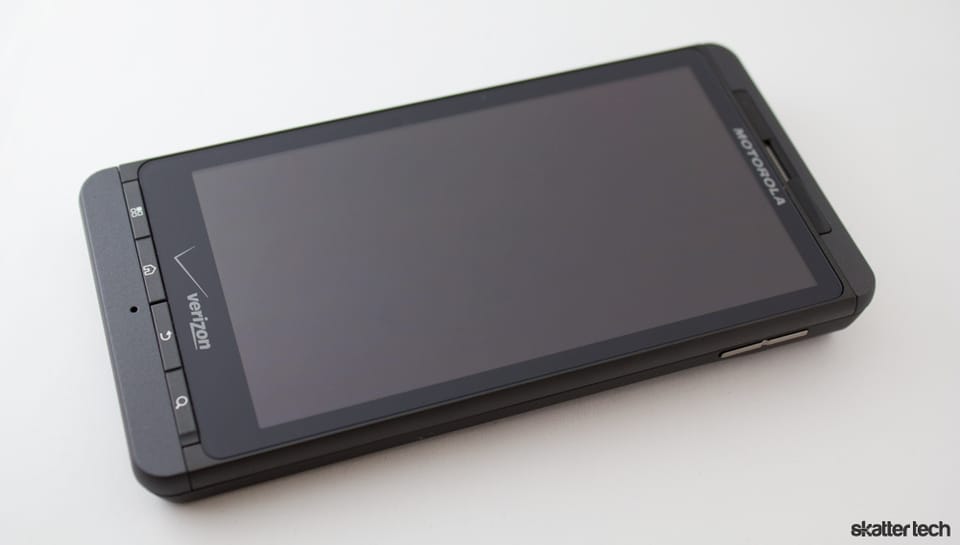
Launching a year after its popular predecessor the Droid X, the Motorola Droid X2 is back for another round this summer. There are many aspects about this smart phone that are appealing, particularly because it did not meander too far away from the original Droid X, and the areas where it does differ are generally for the better, such as a new dual-core Tegra 2 processor and a gHD display. So the real question is, can the Droid X2 live up to expectations and fill its predecessor’s shoes? Lets find out.
Hardware and Design
First things first, let me just say that the Droid X2 is a big phone, both in terms of power and in size. Powered by a dual-core 1 GHz NVIDIA Tegra 2 CPU and coming in at 5 inches tall by 2.57 inches wide by 0.39 inches thick and weighing a solid 5.46 ounces, it has exactly the same dimensions as the original Droid X, which makes it almost as big as my hand. It is covered in rubberized plastic, which makes it easy to grip and prevents scratches to the body, making it feel sturdy and durable. In terms of aesthetics, the soft matte dark grey finish and slender build (apart from the bulge) and fairly well inlaid buttons make the Droid X a relatively subtle phone—it’s nice to see a phone without an entirely glossy finish, unlike some of its competition.
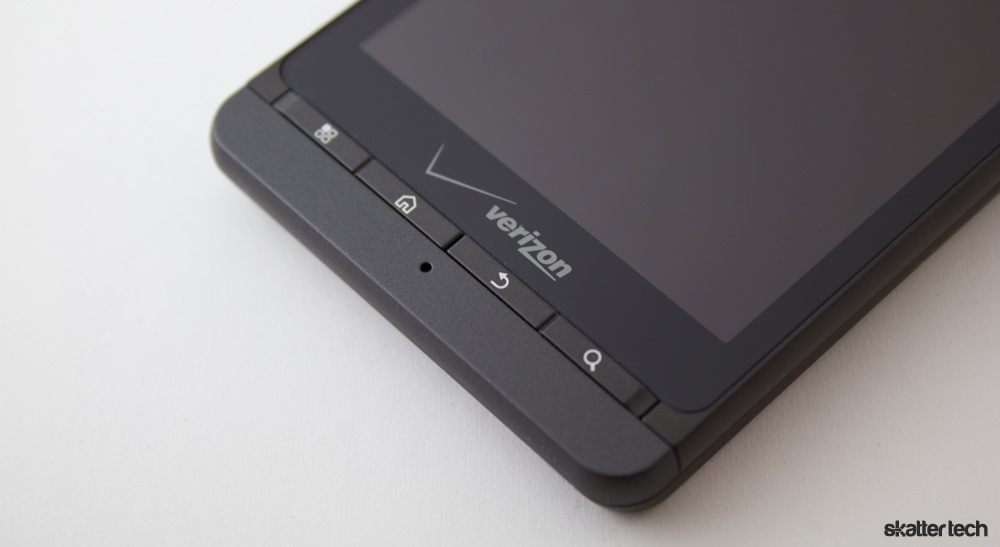
Additional features include the same four rectangular Menu, Home, Back, and Search buttons beneath the display that were on the Droid X, a 4.3-inch display that dominates the phone (more on this later), a micro-USB port and HDMI port on the left spine, a chrome volume rocker on the right spine, and a 3.5-mm headphone jack and power button on the top of the phone. The removable 1,540 mAh and included 8 GB microSD card are hidden behind a rear slide-off panel held firmly in place. The Droid X2 also sports an 8 megapixel rear camera with dual-LED flash, 3G mobile hotspot, 720p video recording, 512 MB of RAM, Wi-Fi 802.11 b/g/n, and 8 GB of internal memory for apps.
There are undoubtedly big perks to making the Droid X2 this large, particularly when it comes to the screen. However, there are also some downsides to this, one of which is that for me at least the smart phone felt too bulky. While male readers will likely not have this problem, I was not able to fit the Droid X2 into all of my pant pockets, especially my front pockets, which was the same problem I had with the Droid X. In addition, the awkward little bulge where the camera sensor is that we complained about with the original Droid X is back. This makes the Droid X2 fairly top-heavy and just a bit awkward to hold, as well as a little awkward looking. I wish Motorola would have done away with this bulge, as it detracts from the otherwise aesthetically pleasing symmetric design.
Operating System
The Droid X2 ships with Android 2.2. (Froyo) pre-installed with Motoblur, with Verizon promising an upgrade to 2.3 (Gingerbread). Hopefully this will come sooner rather than later since Android Ice Cream Sandwich is already on its way too.

Motoblur on the Droid X2 is definitely newer than the version found on older Droid phones (including the Droid X). Users can now hit the home button twice to pull up a thumbnail view that allows them easier access to the seven home screens (though I must say, seven screens was a bit excessive and I personally only used four). Another new addition is a new toolbar on the apps page, which lets you get to the Android Marketplace faster as well as create app groups.
There are four icons in the tray at all times: Contacts, Camera, Text Messaging, and All Apps. While latter is not removable, the other three are interchangeable and remain static as you browser through various home screens. Additional improvements that users may find particularly fun are streamlined social networking support through a widget that merges updates from Facebook, Twitter, Myspace, and LinkedIn. A new Data Saver option delays downloads until on Wi-Fi to save battery and limit 3G data usage. A Mirror Mode app lets you view pictures, games, and videos in 1080p on any HDTV via the HDMI output (though you will need to buy a HDMI cable, as one is not included in the Droid X2’s packaging). Other pre-installed apps include Blockbuster, NFL, Skype, VCast, and City ID.
One thing I did notice, however, is that there were several times when the Droid X2 would stutter even when I was just unlocking the phone or swiping between home screens. It is odd considering there is a dual-core processor to back it, but it might have something to do with the Motoblur UI. When it comes to typing, the Droid X2 has a multi-touch virtual QWERTY keyboard and a fancy cursor-selector. It also comes pre-installed with Swype too. While I personally prefer a physical keyboard to a virtual one, I had relatively little trouble typing on the touchscreen keyboard, especially when I switched it over to Swype. The speech-to-text, however, was not all that accurate, with significantly more mistakes than with regular multi-touch typing, though that seems to be my experience with that particular feature in general.
Display
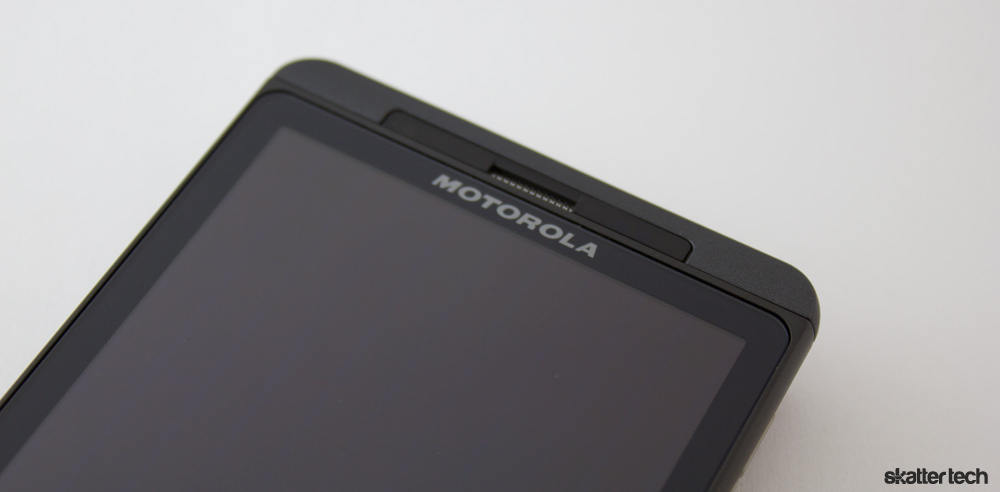
As mentioned above, the Droid X2 comes with a 4.3-inch touchscreen display. The display is the same size as the Droid X’s, however, the Droid X2 features a qHD display, meaning it has an impressive 960 by 540 pixel display in a 16:9 aspect ratio. Seeing as the Droid X’s display only checked in at 480 by 854 pixels, this is a significant upgrade. The end result of this is of course a more detailed display with brighter colors and improved viewing angles. I personally was very impressed with the image quality and clarity of the 4.3-inch qHD display.
Network Speeds and Mobile Hotspot
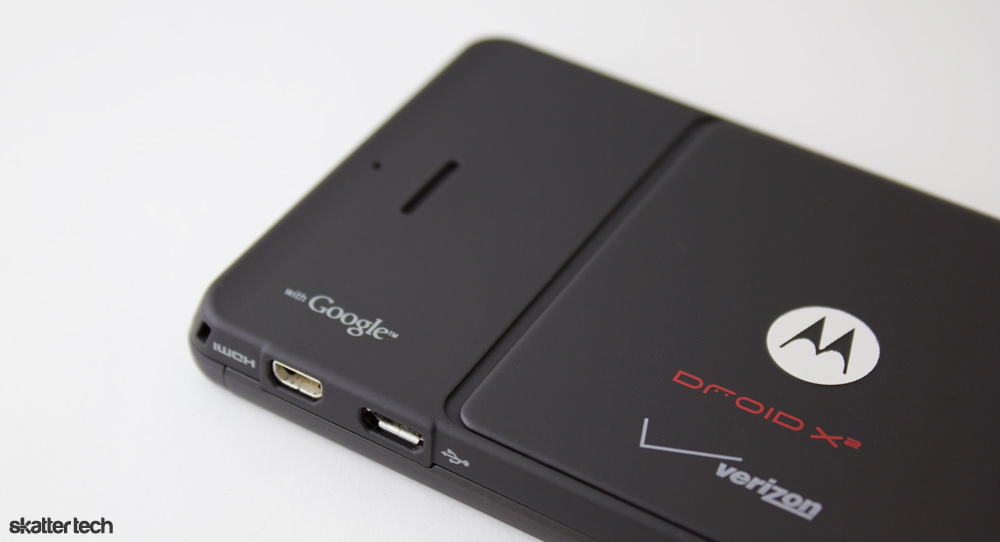
The Droid X2 operates on Verizon’s 3G CDMA EVDO Rev A network and connects to Wi-Fi 802.11 b/g/n. Download speeds were on par with what you would expect from a 3G phone and while this is certainly decent, I was left wondering why Motorola and Verizon didn’t put the Droid X2 on the 4G network for faster data speeds.
The Mobile Hotspot application, which came pre-loaded with the Droid X2, was definitely on par with the Droid X’s if not more so. It can handle up to five devices on its 3G network at once, just like its predecessor, and takes between 15-30 seconds to start running. I personally got to test this feature more than I expected, as Wi-Fi in my house was out for a good five days and the only way I could go online on my Asus netbook or my Macbook was through the Mobile Hotspot, and it worked great on both devices. Most of the time, anyway. There were a few times where it would kick off my netbook, usually when there were one or two other devices also connected to the hotspot but if I shut off the hotspot and restarted it I generally had no problem reconnecting.
Users who want this service will be charged an extra $20 a month for 2GB of data usage with an overage fee of five cents per megabyte.
Call Quality
The call quality on the Droid X2 was decent if not better than average. Tested under Verizon’s 3G network in the San Francisco Bay Area, I didn’t have a single dropped call and both my voice and the callers’ voices were clear with minimal distortion. The speakerphone was adequate, not the best I’ve ever used but I could still hear the caller’s voice with relatively little cutting in and out and with a decent amount of volume the caller could hear what I was saying the majority of the time, even in louder settings like in a car parked by a busy intersection. This was thanks to Motorola’s noise cancellation, which worked remarkably well first on the Droid X and now the Droid X2. All in all, the Droid X2 actually works remarkably well as a *phone* and not just a mobile browser, which is not something that all of its competition can say (I’m looking at you iPhone 4).
Camera
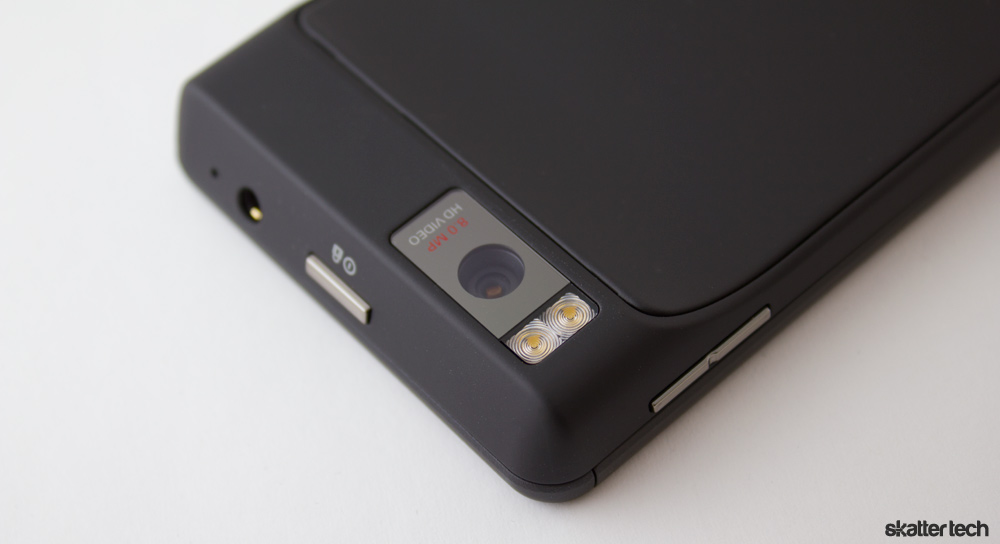
The camera feature was one of my absolute favorite parts of the Droid X, so I went into testing the Droid X2 with high expectations and at the end of the day had mixed reactions. Overall the camera is good. The 8 megapixel camera produces similar quality pictures as the Droid X did, which are decent for a phone camera but naturally are no match to those taken with an actual camera. The Droid X2’s camera does have quicker shutter speed, which Motorola claims is 44% faster than the Droid X’s, and also features a new continuous auto focus mode to improve picture quality. It can also record HD video, which tops out at 720p. Additionally, the Droid X2 comes with an updated Gallery, which allows users to see photos in their own libraries as well as in online libraries such as Facebook, Flickr, Photobucket, and Picasa and in your friends’ libraries.
I did have a few gripes about this camera, however. I was personally disappointed that they removed the convenient red two-stage dedicated camera button that was on the bottom right spine of the Droid X. I was definitely missing it on the Droid X2 when I was taking the always-required above-the-head Myspace personal shots. Turns out it’s hard to press the touchscreen shot button when you’re holding the phone over your head and can’t see the actual screen. It definitely didn’t help that if you didn’t press the touchscreen button exactly the right way the effects menu would be brought up and you’d have to exit that before trying to take the shot again. Motorola should consider reorganizing their set up. Finally, I was a little surprised by the lack of a front-facing camera on the Droid X2. I expected that since the Droid X2 is being marketed as one of the top-of-the-line Droids available to consumers they’d include this feature as it is available on some of its competition.
Battery Life
The battery life was probably my absolute favorite feature about the Droid X2. Given the fact that it does have an amped up processor and a 4.3 inch screen, I assumed that the battery life would be a little dismal and that I would need to recharge the Droid X2 both at night and once during the day, even with Verizon advertising that the Droid X2 can have up to 480 minutes of usage time or 220 hours of standby time. I was pleasantly surprised to find that this was not the case and that I could easily go the entire day with moderate use without having the recharge the phone. In fact, I went a full day and a half with minimal use (e.g. taking a few pictures and the occasional email check and web browsing, which all in all accounted for maybe an hour and a half of use during the thirty-six hour time frame) before the Droid X2 finally died. This is of course nowhere near the advertised nine days of standby time, and isn’t as good as some of the other available options, however it is fairly impressive nonetheless.
Bottom Line
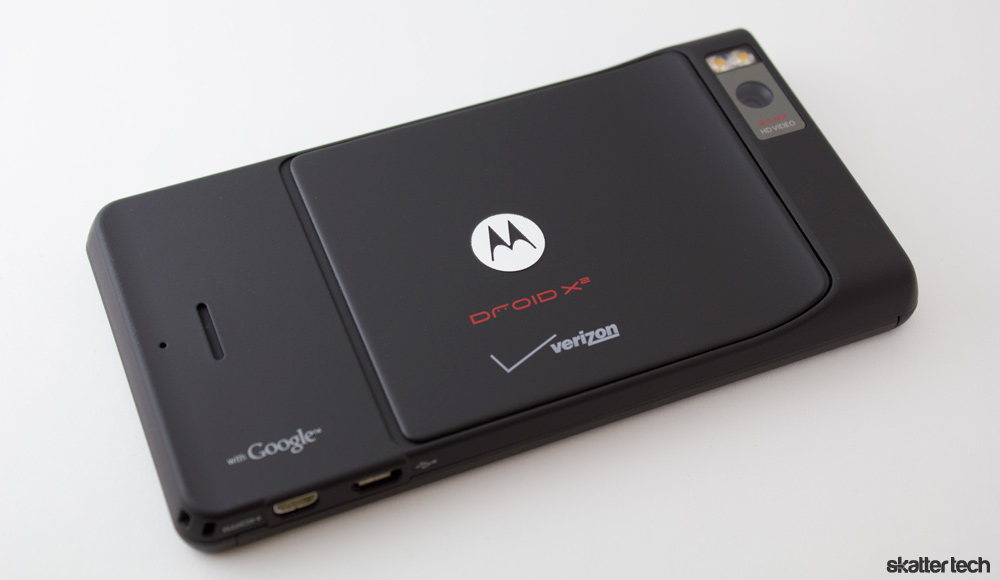
There’s no question about it, the Droid X2 had enormous shoes to fill—the Droid X was one of the best smart phones released on the Verizon network last year. Priced at $200 with a 2-year contract, the Droid X2 is certainly on par with the Droid X, retaining a majority of its features plus adding a few new perks like the enhanced display and of course the amped up dual-core processor along with good battery life, a durable and aesthetically pleasing build, and decent call quality. It’s definitely a good phone.
When it comes down to it, though, the Droid X2 doesn’t really add anything significant to the market, at least not in the same way that its predecessor did. Not being 4G capable, not providing Android 2.3, and the lack of a front-facing camera are major handicaps, since all of these features appear for now at least to be the direction that smart phones are heading in. That said, if you just want a good quality 3G smart phone, then the Droid X2 will not disappoint.